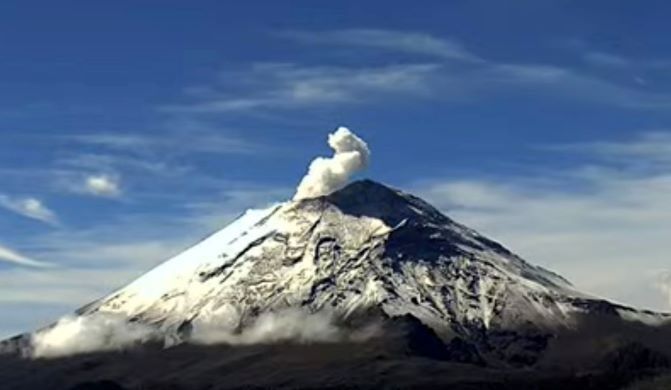The Michoacan earthquake won't reawaken Popocatepetl
For more than a year Popocatepetl has presented a low activity rate, with fewer ash emissions. The arrival of this dust to Mexico City occurs frequently because it is regulated by wind direction. The population is advised to pay attention to the recommendations.





